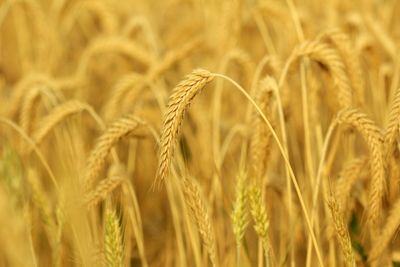Triticale Plant Information
Triticale is a grain, all of which are types of domesticated grass. Triticale is a hybrid cross between wheat and rye. The purpose of crossing these two grains was to get the productivity, quality of grain, and disease resistance from wheat and the hardiness of rye in one plant. Triticale was developed decades ago but never really took off as a grain for human consumption. It is most often grown as forage or feed for livestock. Farmers and gardeners alike are beginning to see triticale as a good choice for a winter cover crop. It has a few advantages over other grains, like wheat, rye, or barley:
Triticale produces more biomass than other grains, which means there is more potential for adding nutrients to the soil when plowed under in the spring. In many areas, triticale can be planted earlier than other grains because it has a higher resistance to certain diseases. Winter triticale is very hardy, hardier than winter barley. As compared to winter rye, winter triticale produces fewer volunteer plants and is easier to control.
How to Grow Triticale as a Cover Crop
Growing triticale cover crops is pretty straightforward. You just need seeds to sow. Triticale can be sown any time from late summer to early fall in any area of your garden in which you need to enrich the soil or prevent weed growth. Just be sure to sow the seeds early enough for your area that they will be established before the weather turns really cold. Adding a complete fertilizer to the soil before sowing will help the triticale get better established. Sowing triticale is similar to growing grass from seed. Rake the soil, spread the seeds, and rake the soil again. You want the seeds lightly covered to prevent birds from eating them. The best part of growing cover crops is that they are low maintenance. Once they start growing, they won’t need much attention. In the spring, mow the triticale down really low and plow it into the soil about two to three weeks before you want to plant your garden.
